What are Flageolet Beans, and Where Do They Come From?
Flageolet beans are typically light green and have a mild, delicate flavor. These beans are native to France, where they have a long history. Since they are a French bean, they’re perfect for a Cajun recipe.
The bean’s name is from the French word “flageolet,” which refers to a small flute and describes the slender, elongated shape of these beans.
Farmers usually harvest flageolet beans young, making them particularly tender and ideal for various dishes. Their mild flavor and creamy texture make them a versatile ingredient. Even though these beans are tender, they hold their shape during cooking.

Flageolet Beans are a Sustainable Food
Beans, including flageolet beans, are often touted as one of the most sustainable foods. There are several reasons why beans contribute to a more sustainable and environmentally friendly food system:
- Low Environmental Impact: Beans have a relatively low environmental impact (when grown on biodiverse and regenerative farms). They require less land, water, and energy to produce than other proteins.
- Nitrogen Fixation: Legumes, such as beans, have the unique ability to fix nitrogen in the soil through a symbiotic relationship with certain bacteria. This reduces the need for synthetic nitrogen fertilizers and contributes to soil health.
- Biodiversity and Crop Rotation: Incorporating beans into crop rotation systems can enhance biodiversity and help break the cycle of pests and diseases in agriculture.
- Protein and Nutrient Density: Beans are an excellent source of plant-based protein and essential nutrients, making them a valuable part of a balanced diet.
- Affordability: Beans are a cost-effective source of nutrition, providing access to critical nutrients for a wide range of people, including those in economically disadvantaged regions.
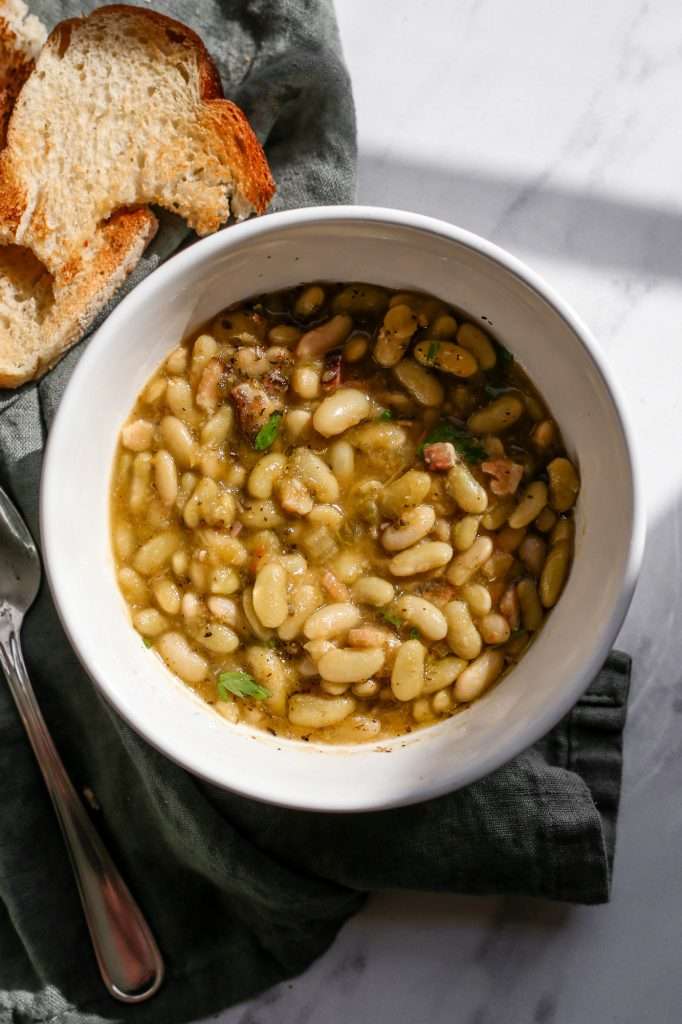
The Health Benefits of Flageolet Beans
Flageolet beans, like many other beans, offer a range of health benefits:
- Rich in Protein: Flageolet beans are an excellent source of plant-based protein, making them a valuable addition to any lifestyle.
- Fiber Content: These beans are high in dietary fiber, which aids in digestive health, helps manage blood sugar levels, and promotes a feeling of fullness.
- Low in Fat: Flageolet beans are naturally low in fat, making them a heart-healthy food choice.
- Nutrient Profile: They contain essential nutrients like folate, magnesium, iron, and potassium.
- Antioxidants: Beans, including flageolet beans, contain antioxidants that may help combat oxidative stress and reduce the risk of chronic diseases.
- Weight Management: The fiber and protein content in beans can support weight management efforts by promoting satiety and reducing calorie intake.
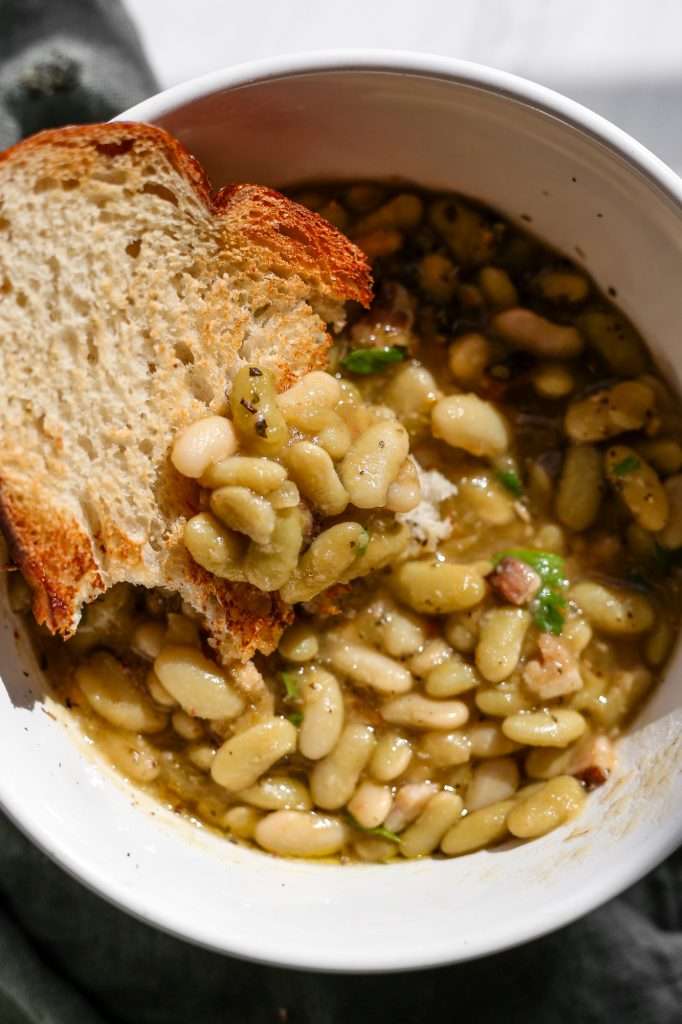
Soaking Beans Before Cooking Them
Soaking beans before cooking them is a common practice and has several advantages:
- Reduced Cooking Time: Soaking beans softens them, reducing their cooking time. Soaking is especially important for beans like flageolet beans, which are known for their tender texture.
- Improved Digestibility: Soaking beans helps break down complex sugars, making them easier to digest and reducing the likelihood of causing digestive discomfort.
- Removal of Antinutrients: Soaking can help remove some antinutrients in beans, such as phytic acid and tannins, which can interfere with nutrient absorption.
- Enhanced Flavor and Texture: Soaked beans often have a more consistent texture and better flavor in the final dish.
- Even Cooking: Soaking ensures that the beans cook evenly, preventing some beans from being undercooked while others are overcooked.
- Reduced Gas Production: Soaking can help lessen the gas-producing compounds in beans, leading to fewer digestive issues.
Click here to learn how I soak my beans with sourdough starter for the best results.
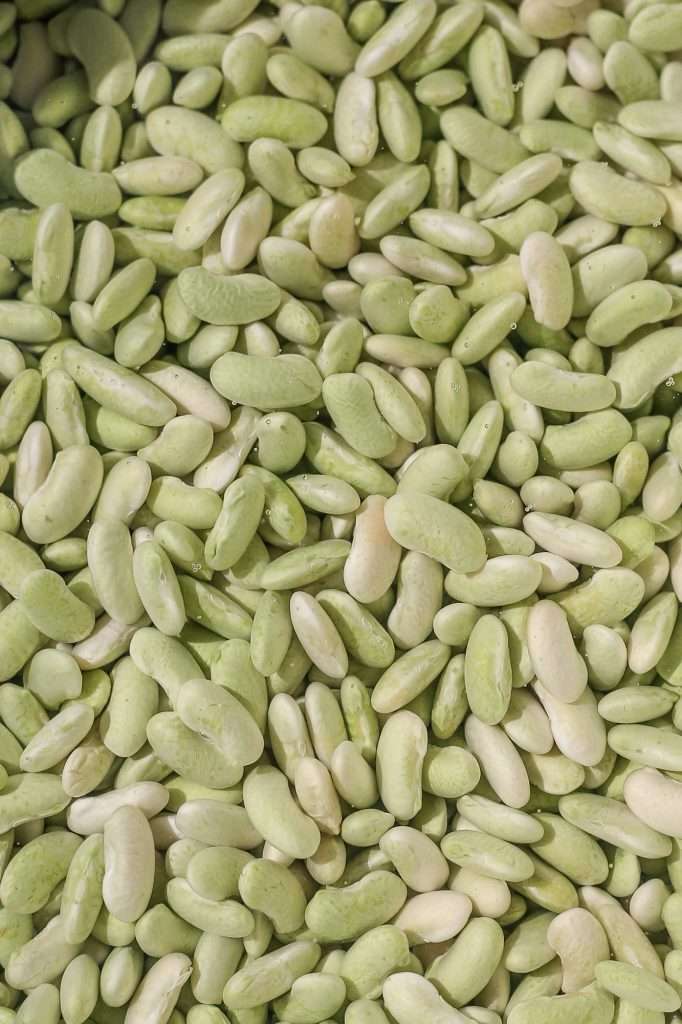

Using Smoked Meats to Add Flavor to Beans
Smoked meats, such as bacon, ham hocks, or smoked sausages, are classic additions to bean dishes.
These meats bring a deep flavor and smokiness that can transform a simple bean dish into a masterpiece.
Here’s why smoked meats are a fantastic choice for enhancing bean recipes:
- Rich Flavor: The smokiness of these meats infuses the beans with a rich and savory flavor that complements the mildness of the beans.
- Umami: Smoked meats add an umami quality to the dish, creating a more complex and satisfying taste.
- Texture: Along with flavor, smoked meats contribute to the dish’s texture. Bacon, for example, provides a contrast to the creamy beans.
- Aromatics: As smoked meats simmer with the beans, they release aromatic compounds that enhance the overall sensory experience of the dish.
We use smoked meats in many Cajun dishes. The meat plays a significant role in flavor development. Thus, it only takes a little meat to add flavor to a pot of beans.
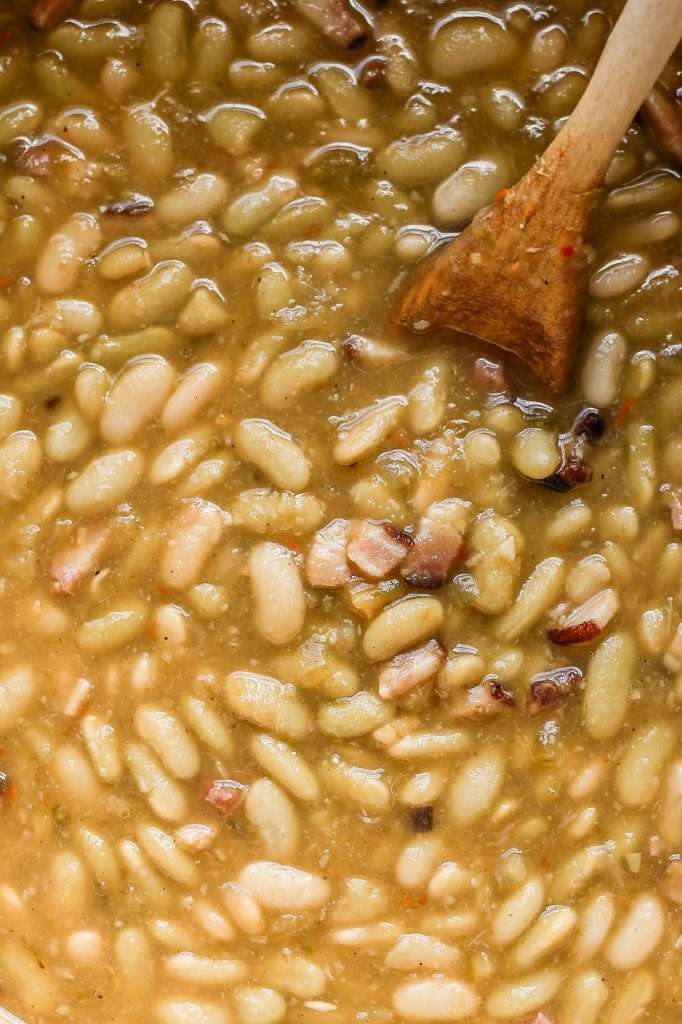
Cajun Flageolet Beans
All the delicious ingredients in this recipe transform a humble bean into a flavorful masterpiece. So, the next time you’re looking for a comforting and sustainable meal that’s both delicious and nutritious, consider whipping up a batch of Cajun Flageolet Beans with Smoked Bacon.
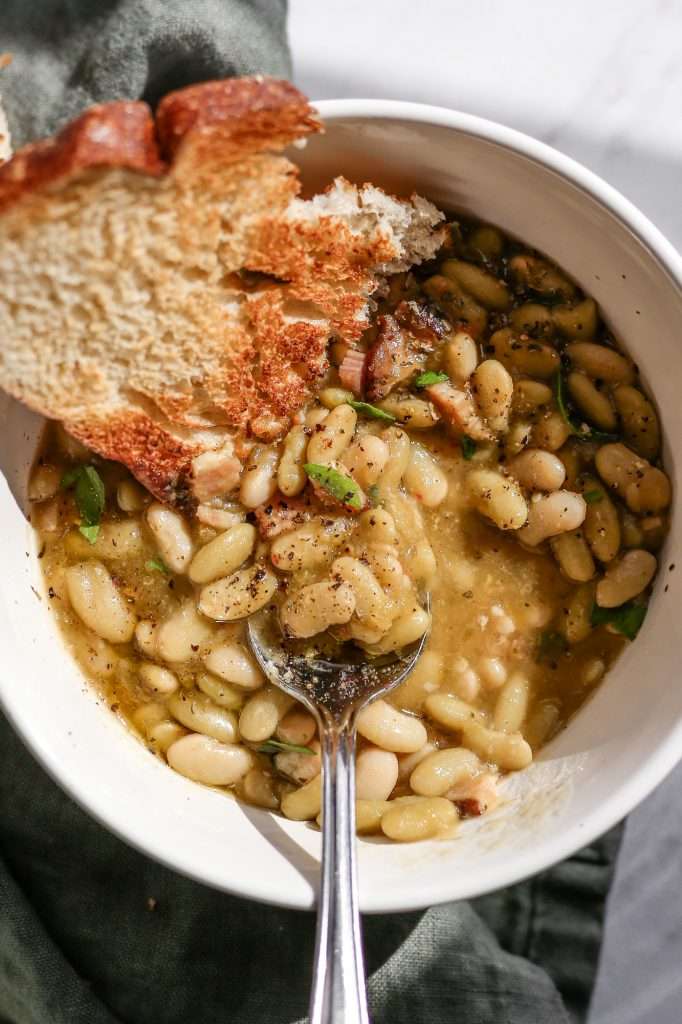

Creamy Cajun Flageolet Beans with Smoked Bacon
Cajun Flageolet Beans with Smoked Bacon is a delightful dish that combines the earthy richness of flageolet beans with the smoky, savory flavors of bacon. This mouthwatering meal is flavorful, hearty, and comforting.
- Prep: 10 minutes
- Cook: 90 minutes
- Total Time: 1 hour 40 minutes
Ingredients
- 1 large white onion, finely chopped
- 1 medium green bell pepper, finely chopped
- 5 ribs of celery, finely chopped
- 1 tablespoon fermented hot sauce
- 6 cloves of garlic, finely minced
- 2 bay leaves
- 2 teaspoons cajun seasoning
- 1 teaspoon salt (optional, to taste)
- 8 oz smoked thick-cut bacon
- 1 lb (16 ounces) dried flageolet beans, sorted and rinsed
- 6 cups beef broth
- freshly chopped parsley (optional garnish)
Instructions
- Soak the beans overnight, then drain and rinse.
- Heat the bacon in a 6-quart Dutch oven. Once the bacon releases some fat and begins to cook, toss in the onion, bell pepper, celery, and hot sauce. Cook the aromatics together until tender, stirring frequently.
- Add in the garlic and continue cooking for another minute.
- Add the bay leaves, cajun seasoning, smoked bacon, soaked beans, and beef stock into the pot. Stir everything together to combine, and place the lid on the Dutch oven
- The cooking time will be about 1 hour (or until the beans are tender) over medium heat. Be sure to check on and stir the beans every so often.
- If at any point you see the pot needs more liquid to prevent sticking or is evaporating too quickly, simply add in a splash more stock/broth or water. Reduce heat to medium-low, if needed.
- Use a wooden spoon to break up some of the beans, just a few. This will thicken the beans.
- Taste the beans and season with more cajun seasoning or salt, if desired.
- Serve with sourdough bread





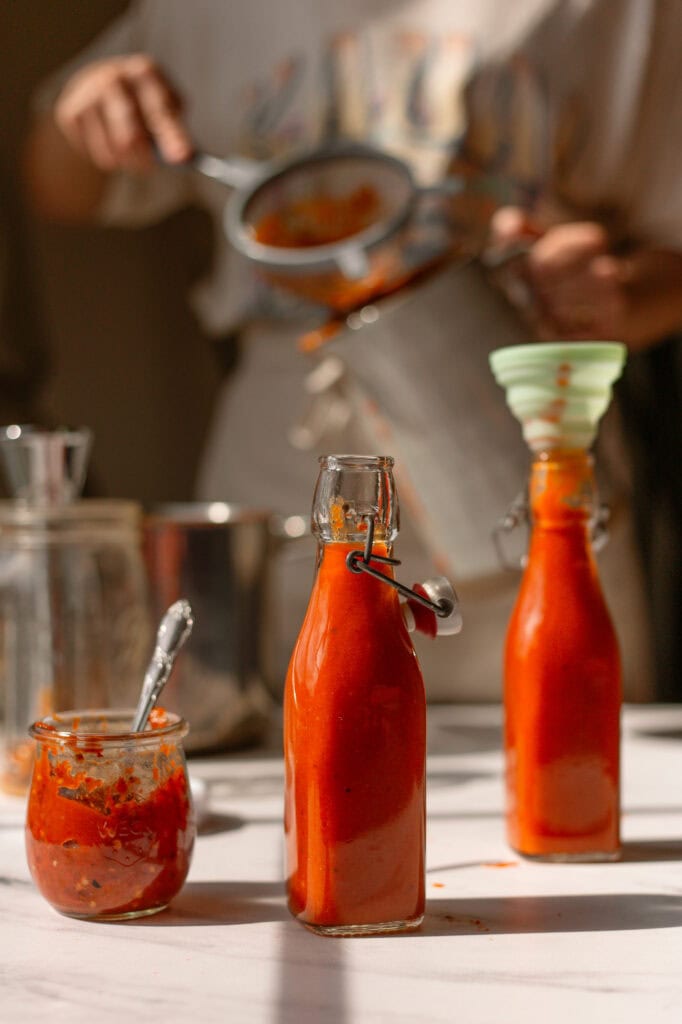


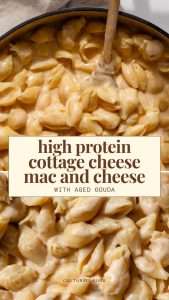


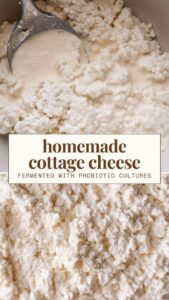
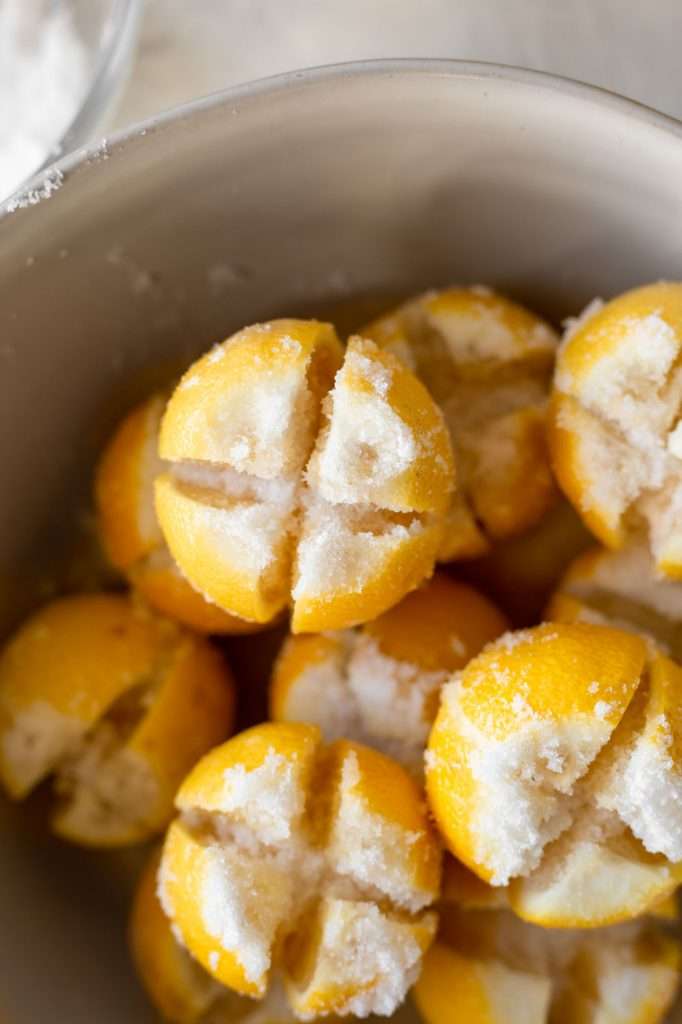
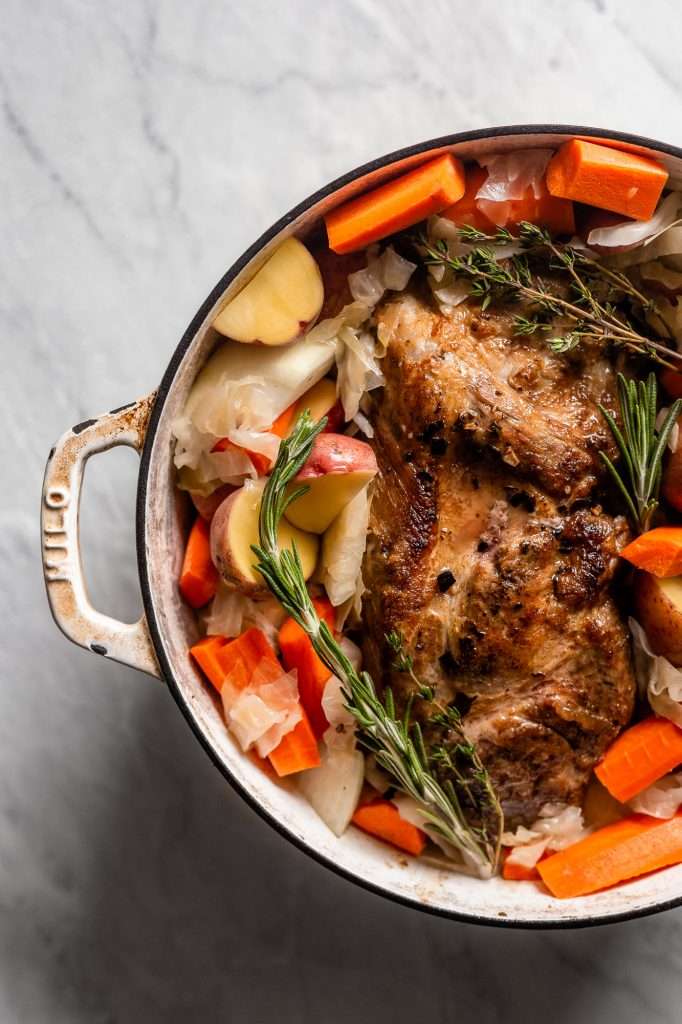
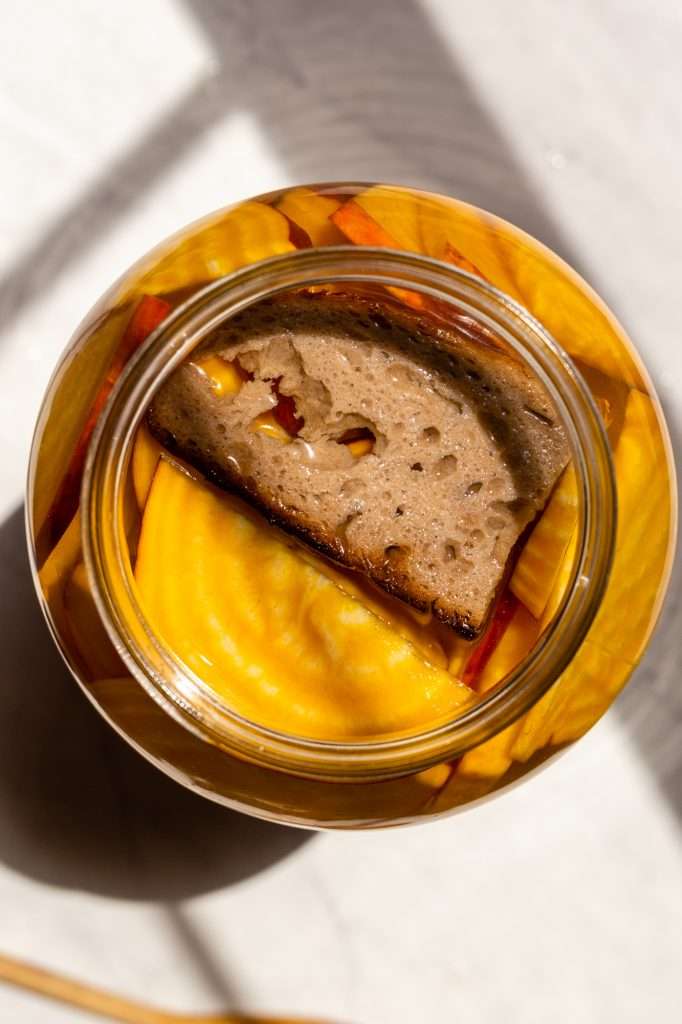
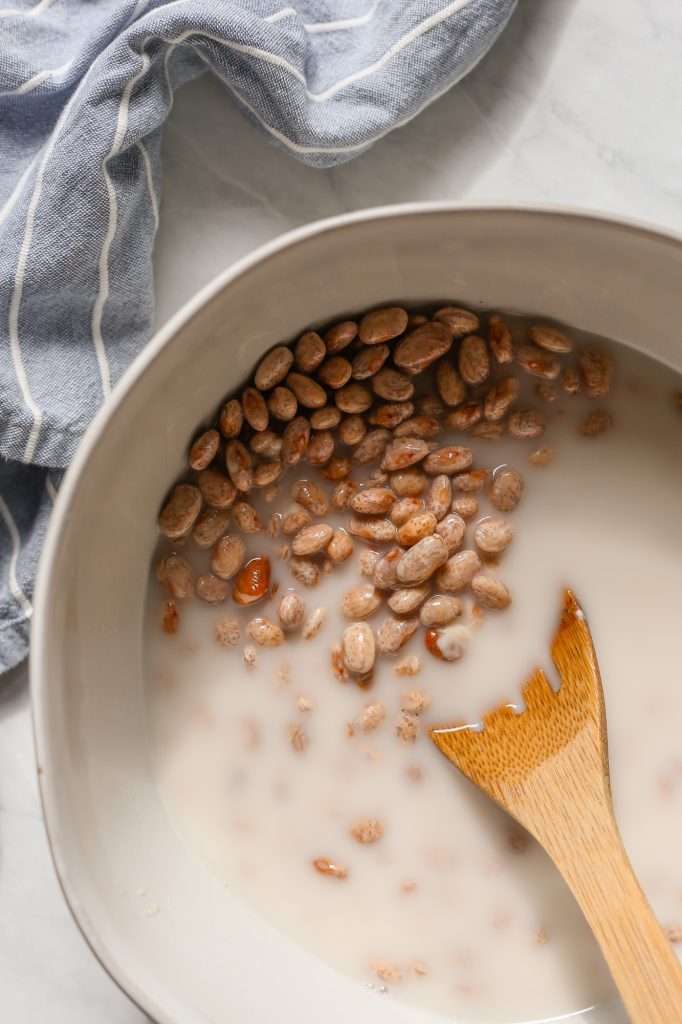
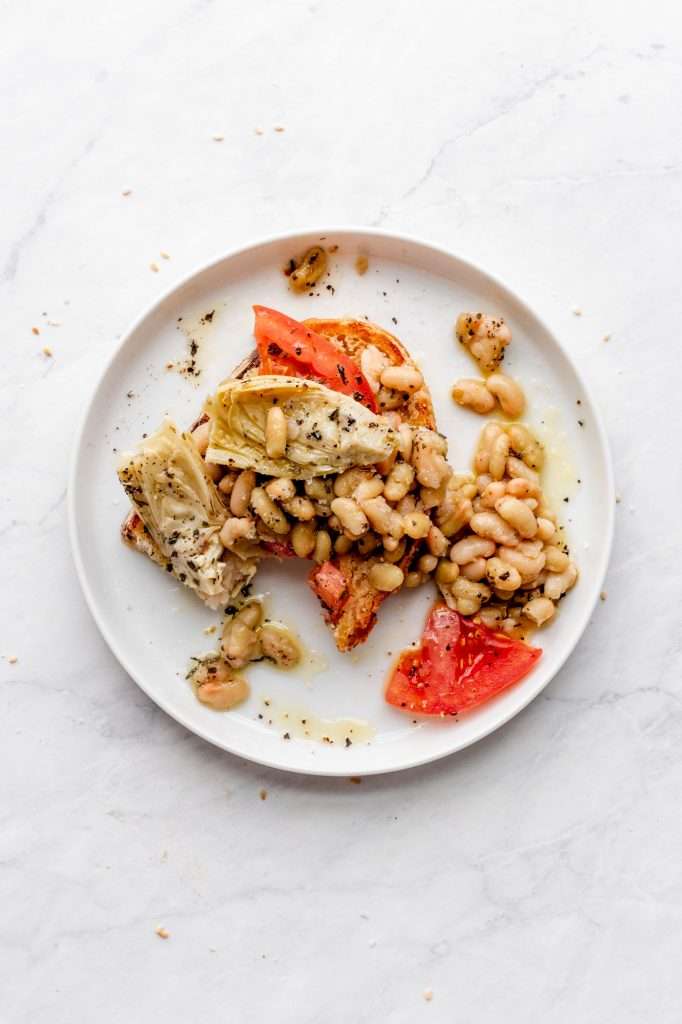
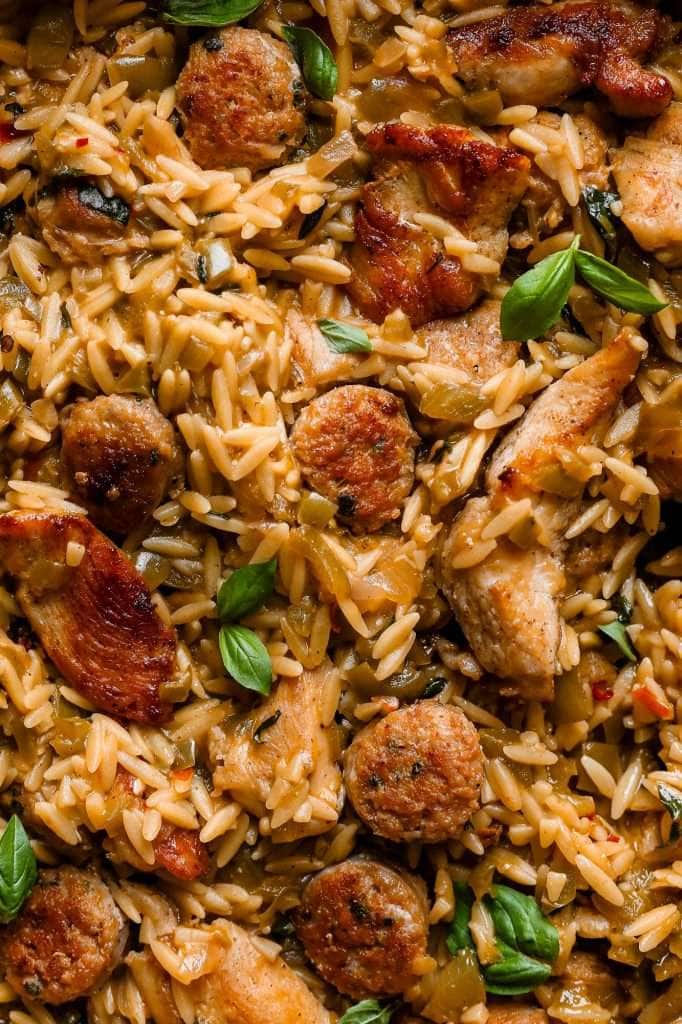

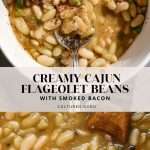
Made this recipe yesterday with these beans:
https://www.ranchogordo.com/products/flageolet-bean
with a couple of modifications: No bell peppers (just because I don’t like them), and used fresh stock made from the Thanksgiving turkey.
Just delicious, and a cold-weather treat.
We were a little bit confused as to the recipe’s bacon activities. Reading the recipe, we assumed that the bacon was still in the Dutch oven at the end of step 2. But then the bacon seems to get re-added in step 4? If one leaves the bacon in at step 2, it ends up with all the bacon fat in the final dish (intended?), and the aromatics might be a little well-cooked by the time the bacon is done cooking if not careful.
Thanks for your feedback and for leaving a review! looks like the smoked bacon was in step four as a typo. The bacon fat does indeed stay in the recipe in step two.